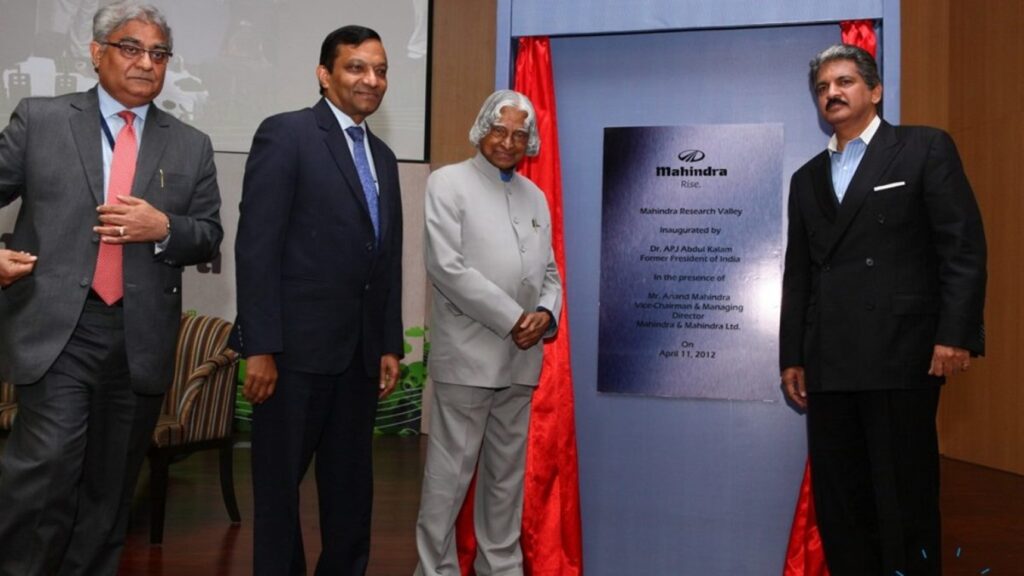
MBA is a practical course. The business managers are hired by organizations to solve problems. Pointing problem is easier, but what after you find a problem? You are expected to find solution to the problem. You are expected to find a course of action. There’s no right answer, but you must deal with the complexities of the choice you make. At Havard Business School the classrooms are filled with people from diverse industries, functions, countries, and backgrounds. The main pedagogy is solving case studies. Harvard prepares you for the business world with case study analysis almost every day.
The case method prepares you to become a leader. It makes you ready to face leadership positions in which you will face time-sensitive decisions with limited information. Reflecting on each class discussion will prepare you to face these situations in your future roles.
Harvard focuses on the drivers of enterprises in China and India by building cases on over a decade of work with companies, investors, and non-profit organizations. This Business School produces some 400 new teaching material each year. One of the advantages of the case method, as opposed to a textbook is that the material can be kept constantly up to date, reflecting what’s going on and what’s changing in the world of business. This is particularly important in a rapidly growing economy like India’s. The cases are based on real companies, real people, real developments, and actual situations.
Harvard Business School (HBS) is expanding its presence in India through adoption of more India-based case studies by offerings new cases in Executive Education. The base of Indian case studies has risen to some more than 500 during past few years. There are a lot newer India-focussed cases coming up in the next few years. Professors and students are still concentrating on building this up, gathering and creating more teaching material. It will take some time as it is a long process, and a lot of work goes into it.
Why India? Indian stock market is poised for healthy growth in the medium to long term because of a strong economic growth, expectations of political stability after the General Elections 2024 and the stronger influx of domestic retail investors. Besides this, numerous industrial zones, workforce and labour availability, lower labour costs, and a relatively open environment for foreign direct investments. India’s large labour and consumer base, low operating costs, and linkages to important international markets makes Indian markets attractive.
India remains one of the world’s fastest growing major economies although it faces challenges common to many other countries such as inflationary pressures, commodity price volatility, and supply chain interruptions in the aftermath of the COVID-19 pandemic and Russia’s ongoing war in Ukraine. The United States-India relationship remains resilient, with total trade in goods and services topping $191 billion in 2022, almost double the amount recorded in 2014. India’s economy grew at 7.2 percent over the April 1, 2022-March 31, 2023.

India, with its young population and rising disposable income has become favourite destination for consumer brands. When Tim Cook arrived in India last year to open Apple’s first physical store in the country, he was welcomed like a hero. Cook’s visit exemplified the rising tide of interest that corporations and governments are showing in doing business with India. Just days after his landmark trip, ‘Pret A Manger’, a trendy British sandwich chain, set up its first outlet in the commercial capital of Mumbai, as it bet on the country’s growing middle class.
India is the United States’ ninth-largest trading partner, with U.S. goods and services worth $73.1 billion sold to India in 2022. The United States maintained its position as India’s largest trading partner, with $118.8 billion of imported goods and services. The United States was expected to continue its trade deficit with India in 2023. India partnered with the United States and eleven other countries to launch the Indo-Pacific Economic Framework for Prosperity in May 2022, a high-standard agreement that aims to produce benefits that fuel economic activity and investment, promote sustainable and inclusive economic growth, and benefit workers and consumers.
So, at Harvard, professors choose Indian cases to fill a specific need in their course syllabus. They then contact a particular organisation, which agrees to host them and be as transparent as possible about the issue or problem, success, or failure under consideration. The overwhelming majority of HBS cases are field-based, not library-based, which means that the professor and his/her research associate will travel to the company and study it on-sight. This includes a series of interviews and revisits. The findings, conclusions and observations need to be done in a selected timeline because Indian markets are changing swiftly.

The Indian Research Centre (IRC) was established in 2006, based in Mumbai, around 20 cases related to India have been published each year. Prior to that, there were fewer cases being written in India. This is reflective of a broader trend in business education around the world. Before the year 2000, business schools and Executive Education curricula did not have significant global content. Today, given the global macroeconomic scenario and the importance of understanding how to do business in emerging economies, there is greater need to create global content.
The India Research Centre produces a portfolio of cases that focus on a variety of topics, including business, government, regulation, law & order, social, ecological, etc. Cases also go beyond traditional business topics. A famous case for example by Harvard Professor Rohit Deshpande, dealt with leadership and teamwork among employees of Taj Mahal Palace, Mumbai during the terrorist attack in the year 2008. Another example is a case by Professor Stefan Thomke on the Dabbawala meal-delivery system in Mumbai. The service is offered in the last 130 years.
Havard cases are also taught in business schools around the world, as well as in other Executive Education programmes and company training programmes around the world. Indeed, India is most unique and heterogeneous market in world.













































